How To Care For An In-Ground Pool
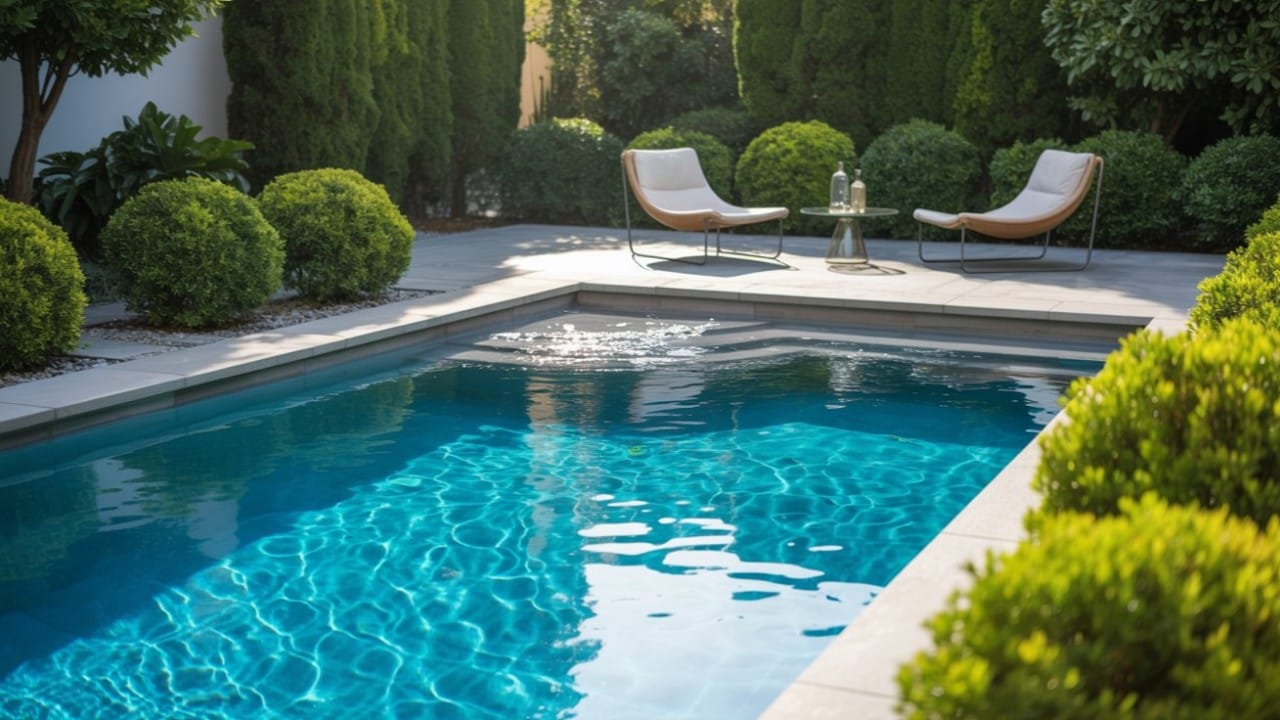
Owning an in-ground pool should be a source of pride. Morning swims before the house wakes up, cannonballs from the kids, and a backyard that’s the best part of your summer. But the reality is, people are three times more likely to fix a problem than prevent one. That’s why 71% of pool owners only act when the water’s cloudy, the tiles are stained, or algae takes hold. I’m sure you’d agree that regular pool maintenance shouldn’t have to be a rescue mission. With a simple routine plus tools like robotic cleaners, pool care becomes just another thing you’ve got handled. Want to keep your pool sparkling without the hassle? See the ‘4-step checklist’ for real-world examples.
Understanding In-Ground Pool Maintenance
Behind every clean in-ground pool, there’s a system doing the heavy lifting. Your filter, skimmer, and pump work together as one to keep things clear, safe, and swim-ready. But when regular pool maintenance slips, issues show up fast. Algae begins to form, your filter begins to wear out, and suddenly you're dealing with more than just a couple of leaves sitting on your pool surface. While it might seem harmless, it’s not. 70% of your immune system is tied to your gut, meaning this isn’t water you want your kids swallowing.
Good in-ground pool care is about chemistry, consistency, and catching issues before they cost you. That means regular skimming, brushing, and watching for signs of wear. Keeping your equipment in shape is what will help you the most long-term. Put simply, neglect causes issues; however, a simple routine protects your pool, your time, and your wallet. Do things right, and maintenance becomes less about fixing and more about preserving the part of your home everyone looks forward to.
In-Ground Pool Care Checklist
Taking care of your in-ground pool isn’t the back breaking chore it sounds like. In fact, just doing the basics can prevent around 90% of common pool issues.
Balancing Water Chemistry
Pool water chemistry is the foundation of a healthy pool. You’ll want to look for four main things:
- A pH level of 7.2–7.6
- A chlorine concentration of 1–3 ppm
- An alkalinity range of 80–120 ppm
- A calcium hardness level of 200–400 ppm
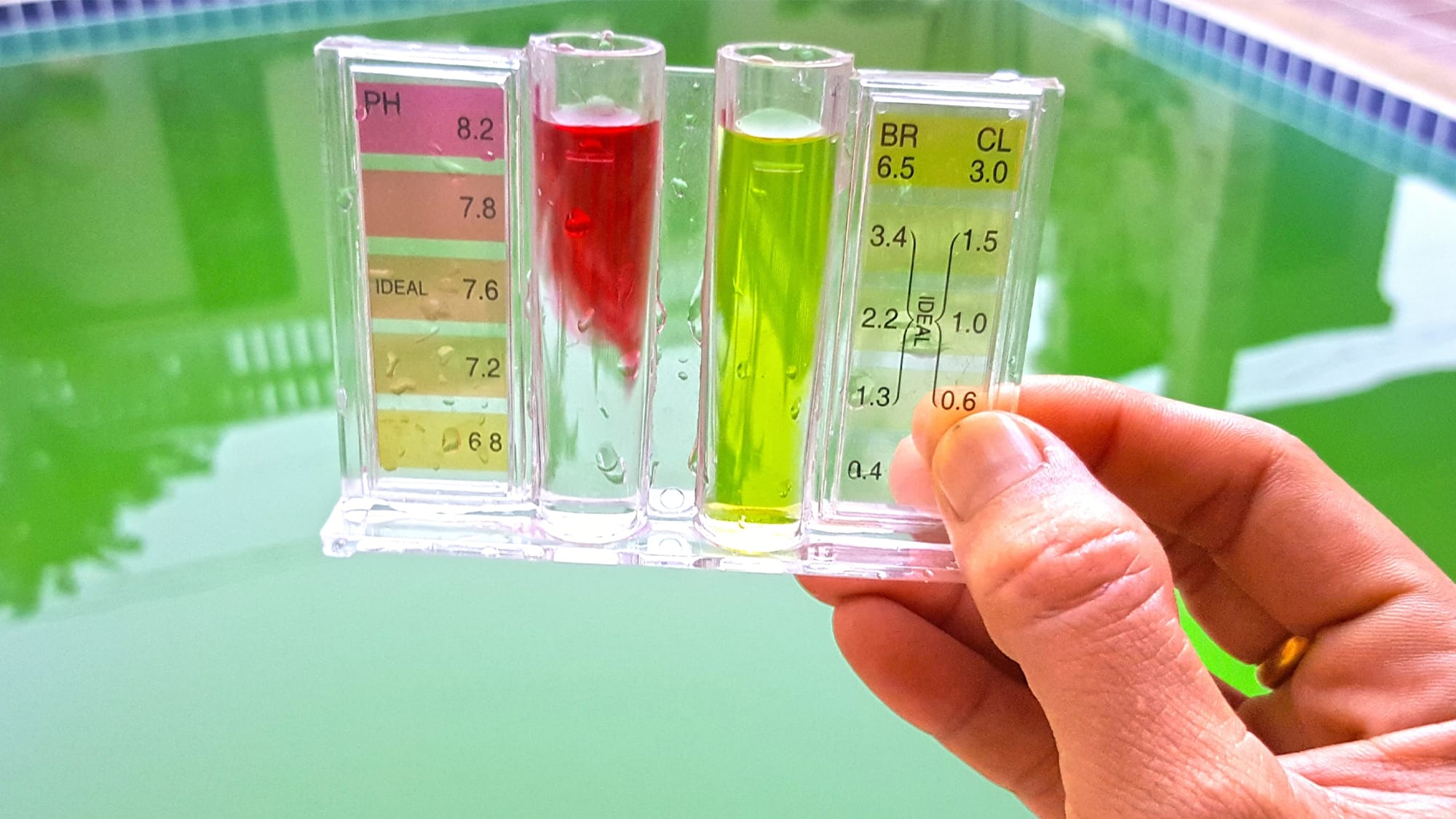
Test pool water by using test strips or a liquid test kit once a week to keep tabs. If your pH levels fall short, add soda ash to get them back to normal. If your chlorine concentration lowers, use a shock treatment to balance it out. Balanced water helps chlorine do its job better, which in turn prevents cloudiness and protects skin and eyes from irritation. This is all that’s needed to maintain water chemistry, just a habit. Keep the numbers in range, and your pool stays in check.
Cleaning the Pool Surface and Debris
Leaves, bugs, and other debris collect fast. This is where most bacteria come from. If it floats, it should be skimmed. Use a manual skimmer or net daily, or as needed, to clean pool debris. Doing this regularly helps prevent algae growth and takes pressure off your filter, though this is the most tedious part of the routine. A lot of pool owners lean on automatic pool skimmers to take the weight off. Whether it’s a few passes with a net or letting a device skim your pool, surface cleaning is one of the simplest ways to keep your water clear.
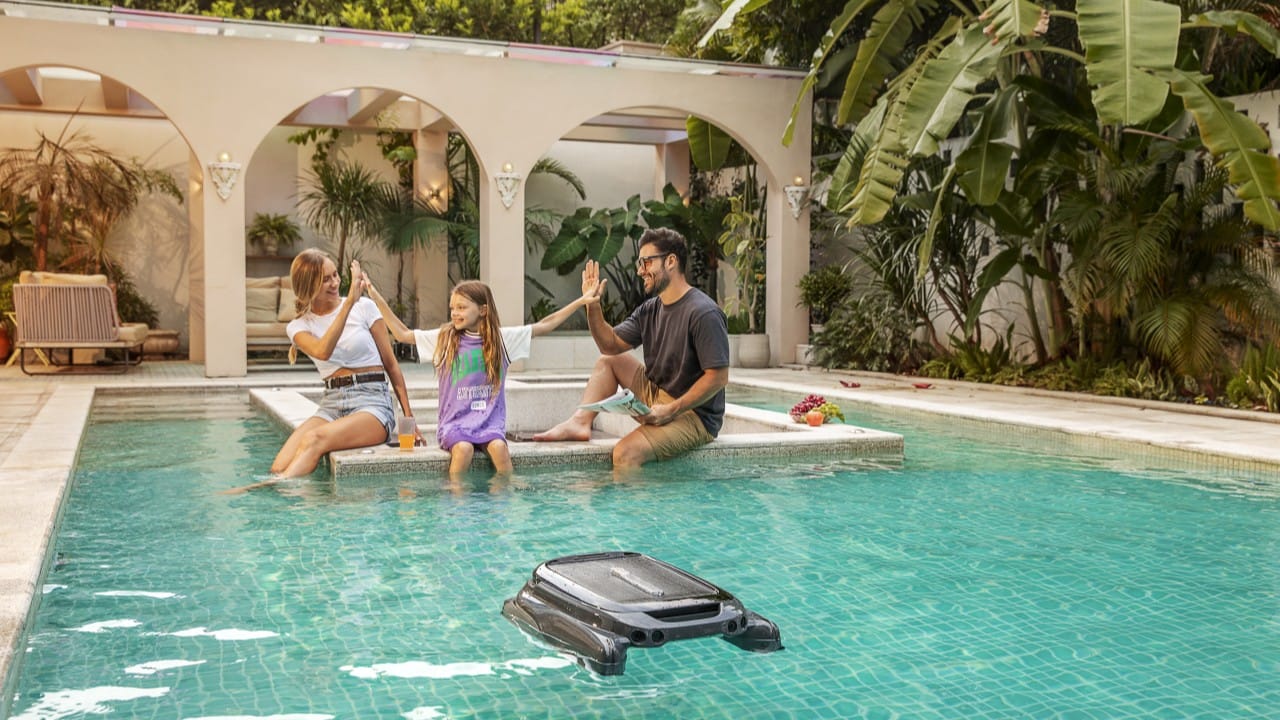
Brushing and Vacuuming
Even when water looks clean, algae and grime can stick to walls and floors. Avoiding this is very straightforward. Brush your pool once a week, focusing on steps, corners, and shaded areas where buildups typically start. Vacuuming your in-ground pool helps to brush the pool walls. Manual vacuums work fine, but pool cleaning tool devices save time. The Aiper Scuba X1 Pro, for instance, uses ultrasonic sensors to map your pool and climb walls while scrubbing the surface, which essentially puts this step on autopilot mode. Whether manual or automatic, consistent brushing and vacuuming prevent slippery spots, keep water clearer, and help your chemicals do their job.
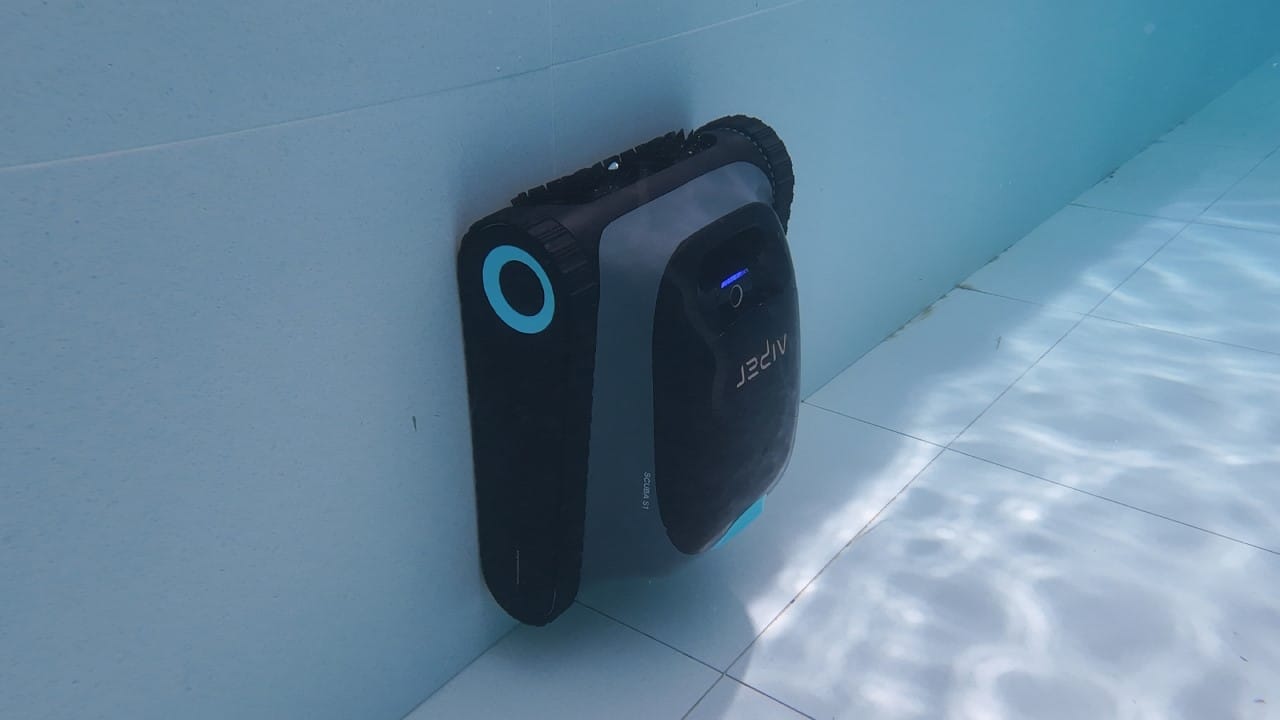
Maintaining the Filtration System
Your pump and filter do most of the hard work, circulating water and maintaining your in-ground pool filtration. To keep them operating at a constant level, be sure to clean your filter once a month (backwash to do this for any sand/DE, and rinse to clean for the cartridge). Make sure also to check your skimmer and clean pool pump baskets every week to remove leaves and debris (this is commonly where bacteria enters your pool). While performing these steps regularly, always look out for cloudy water, low pressure, or weak flow, as this usually indicates that your pool filter needs cleaning. Following these steps will ensure your filter is correctly maintained, and will extend your equipment’s lifespan, plus keep your water safe to swim in. Following this process will mean long-term costs for repairs and replacements are next to nothing. Frequent checks prevent bigger issues down the line, and that’s what makes this step worth it.
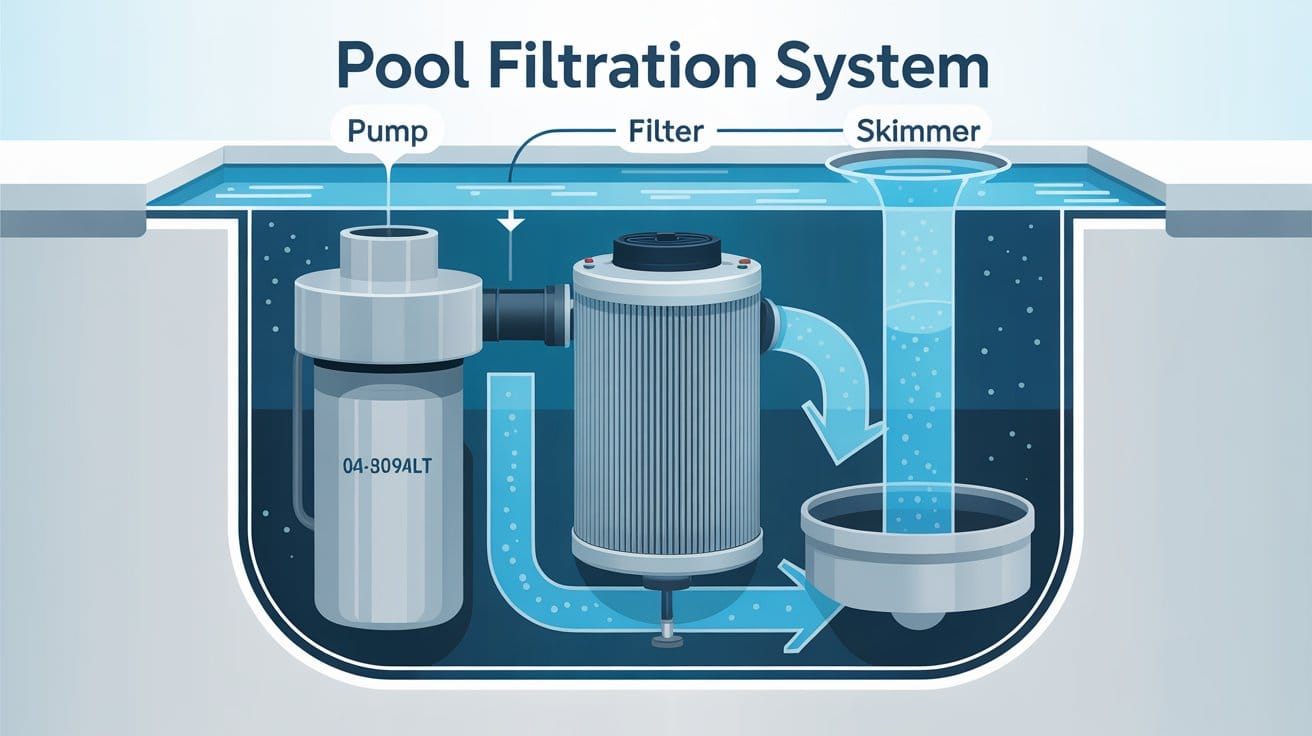
Seasonal and Preventive Pool Care Tips
As seasons shift, so does your seasonal pool care routine. Around spring/summer time, be sure to clean more often, test water regularly, and check for small leaks during heavy use. When it gets colder and it’s time to winterise your in-ground pool, all you need to do is lower the water level, protect the lines, and cover your pool properly from leaves or bugs. Preventive pool maintenance is what keeps your pool healthy, no matter the time of year. Be sure to inspect your pool often. Get your pool checked by a professional once a year, and consider using automated tools to cut down on manual effort and time. Small habits now prevent big repairs later.
Common Pool Maintenance Mistakes to Avoid
Keeping your in-ground pool sparkling and well-maintained doesn't have to be a chore, but it's easy to fall into common traps that can lead to bigger problems down the line. By understanding and avoiding these frequent errors, you can ensure your pool remains a source of enjoyment rather than frustration.
Here are some common in-ground pool maintenance mistakes to avoid:
- Ignoring Water Chemistry: This is perhaps the most critical oversight. Unbalanced water chemistry is a primary cause of issues like algae blooms, cloudy water, and even corrosion of your pool equipment. Regular testing and adjustments are essential.
- Neglecting Regular Cleaning: Many pool owners underestimate the importance of consistent cleaning. When leaves, dirt, and other debris accumulate, they strain your filter and significantly reduce water clarity. Even if the water looks clear, debris can be lurking.
- Using the Wrong Tools or Chemicals: Not all pool products are created equal, and using the incorrect type of chlorine or skipping manual cleaning methods can hinder your efforts. Ensure you're using the appropriate chemicals for your pool type and utilizing tools that can effectively cover the entire pool.
- Skipping Professional Check-ups: While DIY maintenance is important, a yearly professional inspection can be invaluable. Experts can identify early signs of pump issues, liner problems, or other potential complications before they become costly repairs.
- Overcomplicating Your Routine: Sometimes, less is more. An overly complex maintenance routine can lead to inconsistency and burnout. Look for ways to streamline your tasks, and consider investing in automated tools that can reduce your workload, turning maintenance into proactive prevention rather than reactive repair.
By being mindful of these common pitfalls, you can keep your in-ground pool in top condition, ensuring clear water and a longer lifespan for your equipment.
Conclusion
And now you know! Pool maintenance doesn’t mean doing tedious tasks or a large number of steps; it’s just about consistently doing the basics. Establishing habits such as regularly testing your water levels, cleaning your pool surface frequently, and inspecting your equipment for faults goes a long way in keeping your pool safe and ready whenever you need it. This simple routine doesn’t just prevent problems, but it also betters the quality of every swim. Clean water feels better, looks better, and gives you the peace of mind that everything’s working as it should.
For even more ease, remember to look into time-saving tools. Devices like the Aiper Scuba X1 Pro offer hands-free assistance and reduce the manual effort typically required for upkeep. Your pool is one of the most enjoyable parts of your home. Taking the time to apply these steps to your routine means getting the most out of your pool all year long. Start your pool care routine today for a sparkling, hassle-free swim season!

